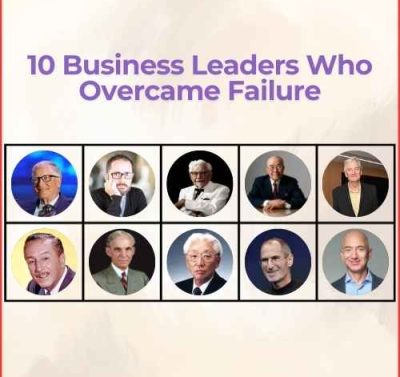The U.S. Commerce Department is releasing final regulations on Friday to stop China and other nations that are considered to be a threat to American national security from using subsidies for semiconductor manufacture.
Before the Biden administration can start distributing $39 billion in subsidies for semiconductor production, the regulation must be passed. $52.7 billion is allocated by the historic “Chips and Science” statute for U.S. semiconductor manufacturing, research, and workforce development.
The regulation, which was initially put forth in March, establishes “guardrails” by prohibiting those who receive U.S. funding from expanding semiconductor manufacturing in nations like China and Russia, as well as prohibiting those who receive incentive funds from working together on joint research or technology licensing projects with such nations.
In an effort to halt Beijing’s scientific and military advancements, the government imposed new export regulations in October 2022 to bar China from certain semiconductor chips produced with American machinery.
“We have to be absolutely vigilant that not a penny of this helps China to get ahead of us,” Gina Raimondo, the secretary of commerce, told Congress on Tuesday.
Federal awards may be revoked by the Commerce Department if recipients of money break the rules.
Raimondo assured Congress that she is moving as quickly as she can to approve prizes.
Raimondo admitted, “I feel the pressure.” Although we are behind, it is more crucial that we do it correctly. And I will stand by that whether it takes another month or a few extra weeks to get it perfect.
For a period of ten years, the policy forbids grant recipients from significantly increasing semiconductor manufacturing capacity in foreign nations of concern. Additionally, it forbids beneficiaries from working together on joint research projects or licensing technologies from unreliable foreign parties, but it does permit the use of global standards, patent licensing, and foundry and packaging services.
For a period of ten years, the final regulations forbid the material expansion of semiconductor production capacity for cutting-edge and sophisticated facilities in foreign nations of concern. Additionally, it makes clear that wafer manufacture is a part of semiconductor manufacturing.
The final regulation defines material expansions as an increase in production capacity of more than 5% and links increased semiconductor manufacturing capacity to the addition of cleanrooms or other physical space.
The guideline forbids beneficiaries from constructing additional cleanrooms or manufacturing lines that increase a facility’s production capacity by more than 10%.
Additionally, the law designates particular semiconductors as being crucial to national security, resulting in stricter regulations. These semiconductors include current-generation and mature-node processors for quantum computing, as well as those used in radiation-intensive conditions and for other specialised military capabilities.















